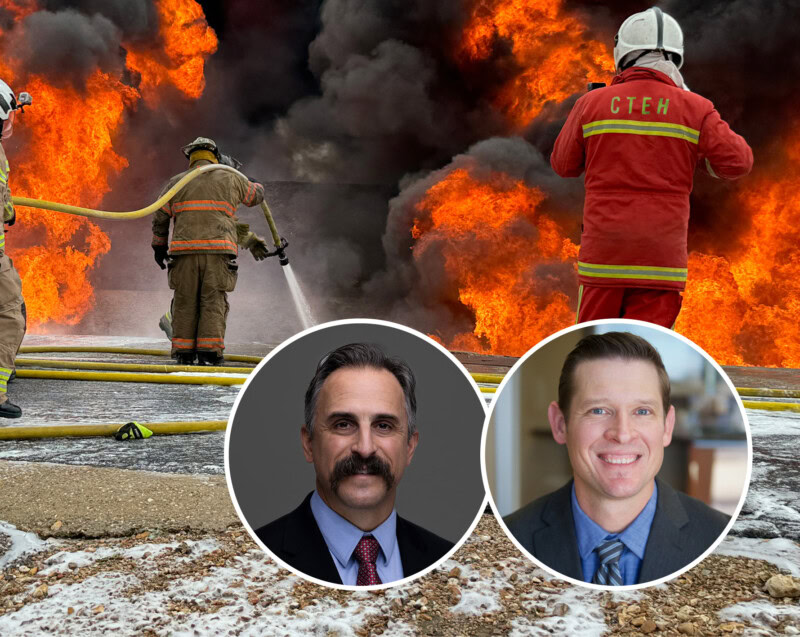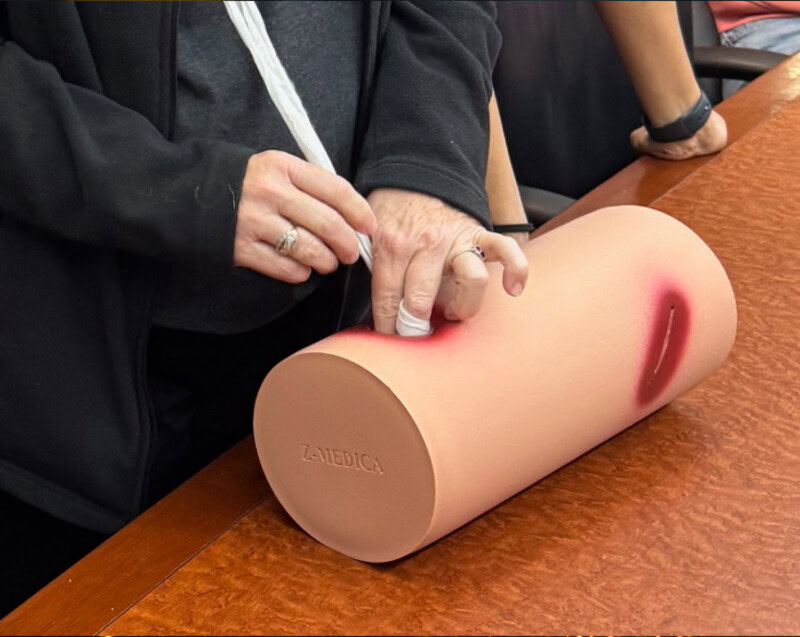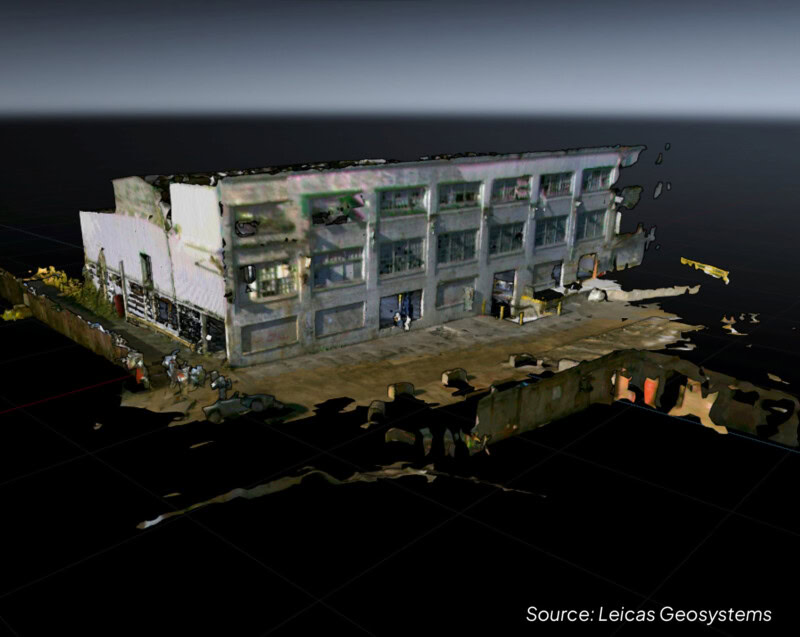This year, we’ve seen rampant wildfires move across the western U.S. As these fires have torn through the landscape, they’ve released smoke and ash into the air—creating dangerous breathing conditions for impacted areas and surrounding communities. According to the Centers for Disease Control and Prevention (CDC), “wildfire smoke can make anyone sick,” even healthy individuals. But how exactly does breathing this smoke impact our health? And, how can we prevent it? CTEH’s experts are here to explain.
What exactly is wildfire smoke?
According to the Environmental Protection Agency, wildfire smoke is a mixture of gases and fine particles from burning vegetation, building materials (i.e., wood) and other organic materials.
What happens when we breathe wildfire smoke?
Breathing in the fine particles in wildfire smoke can cause stingy eyes and an irritated respiratory system. This can result in coughing, wheezing, trouble breathing, shortness of breath, scratchy throat, runny nose and asthma attacks. Breathing in wildfire smoke can also cause chest pain, headaches, fatigue or a fast heartbeat. This can be especially dangerous for the elderly, pregnant women, children and individuals with pre-existing conditions like diabetes or chronic heart and lung diseases.
How can we limit our exposure to wildfire smoke?
Individuals are advised to follow local air quality reports and, if available, visibility guides. If health alerts are issued, individuals should stay indoors; close windows and doors; and take proactive steps to keep the air clean. For example, they should run the air-conditioner, but keep the fresh-air intake closed and the filter clean. (NOTE: If no AC is available and it’s hot outside, residents should seek alternative shelter.) Individuals should also use a freestanding indoor air filter with particle removal. When smoke levels are high, they should avoid using anything that burns (i.e., candles, fireplaces, tobacco) or vacuuming, which can stir up particles.
If smoke levels are high, should we wear masks?
Dust masks, bandanas or scarves may protect against large particles in the air, but they won’t protect lungs from the fine particles in wildfire smoke. If individuals would like to wear a mask, they are encouraged to check with the CDC about how to select, size and properly use a respirator. Vulnerable individuals or those with pre-existing conditions should always consult with their healthcare provider first.
Does your business need help preparing for or responding to a potential wildfire threat? Contact CTEH at 501-801-8500 or email webquestion@cteh.com.




